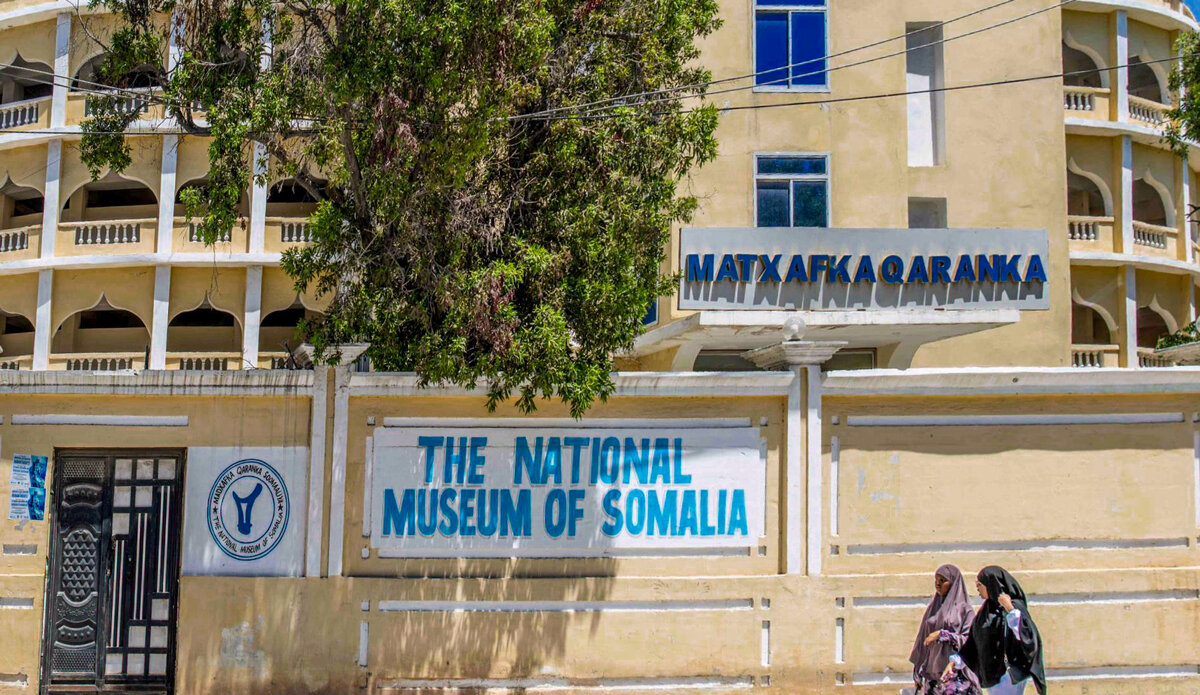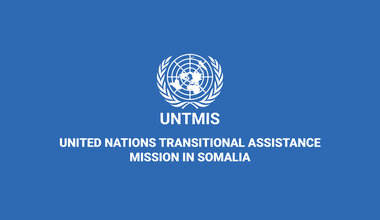National Museum: Preserving Somali heritage against all odds
Mogadishu — There was a time when the National Museum of Somalia was a treasure trove for anyone wanting to get a sense of the country’s history and its rich arts and culture.
That time was long ago.
Established in 1934 by Italian colonial authorities as the ‘Museo della Garesa’ in the former home of a past governor from when the era of the Omani Sultanate ruling Mogadishu’s Governor, the cultural institution has endured experiences which few other museums ever have.
The building, also known as the ‘Bargash Museum,’ remained the museum’s home until 1985, when its collection, comprising around 3,500 objects, was moved to the newly-built building which has been its home ever since.
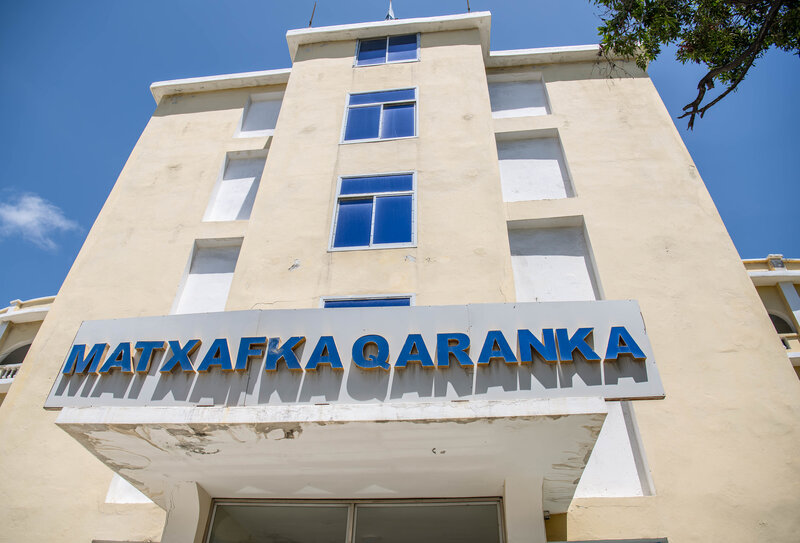
The violence and chaos of the civil war in the 1990s led to its closure for close to 30 years.
Federal authorities began essential repairs and rebuilding in 2019, and the venue re-opened in July 2020.
It has a long way to go to return to its glory days. While damage from the war has been repaired and new foundations and structures are in place, its halls and storage rooms remain exposed and dilapidated, and most of their older content was destroyed or looted during the most recent conflict.
Determined staff
Nonetheless, thanks to the determination and commitment of staff and volunteers, the National Museum has been experiencing a slow rebirth. It currently has two of its four floors open to the public, and its staff are committed to ensuring Somalis will be able to easily enjoy its contents.
“Every society has a history and heritage. A museum is an institution that preserves it and passes it on to the next generations,” says the museum’s Director General, Dr. Osman Geedow Amir.
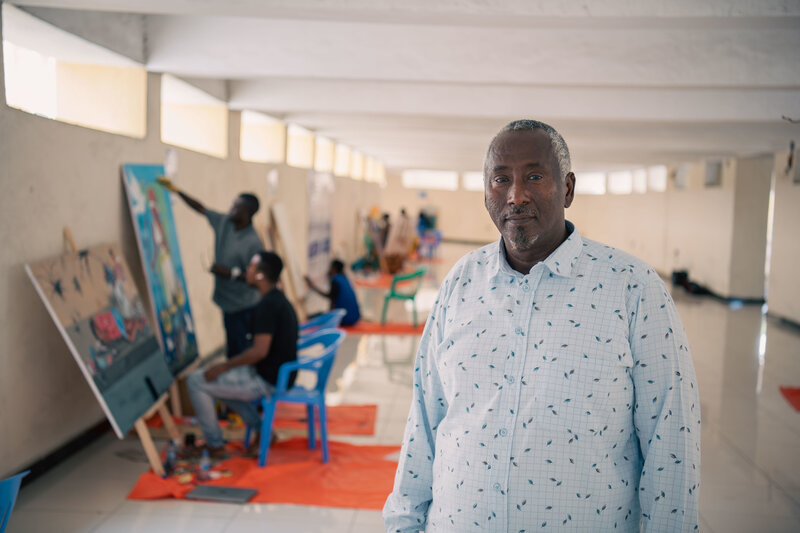
Dr. Amir was appointed to the museum post in late 2021. He had his work cut out for him after the institution had been dormant for so long.
“My first job was to write the statute and guidelines, then to start looking for people with expertise who could work in the various sections of the museum,” he recalls.
He has been busy ever since, organizing small exhibitions, lobbying for support, finding arts and culture expert to advise, and attracting artists – doing whatever is needed to help get the museum back to the prominent role it held in Somalia.
Revival starts
Among Somalia’s arts and culture sector, the reopening of the National Museum in 2020 was widely celebrated as a key step in reviving its cultural heritage sector.
According to Omar Ali Hassan ‘Serbia,’ a well-known Somali journalist specialising in Somali arts and literature, the re-development of the National Museum will significantly contribute to social unity, promote cultural rights, and be a venue for presenting Somalia’s rich culture and history to the world.
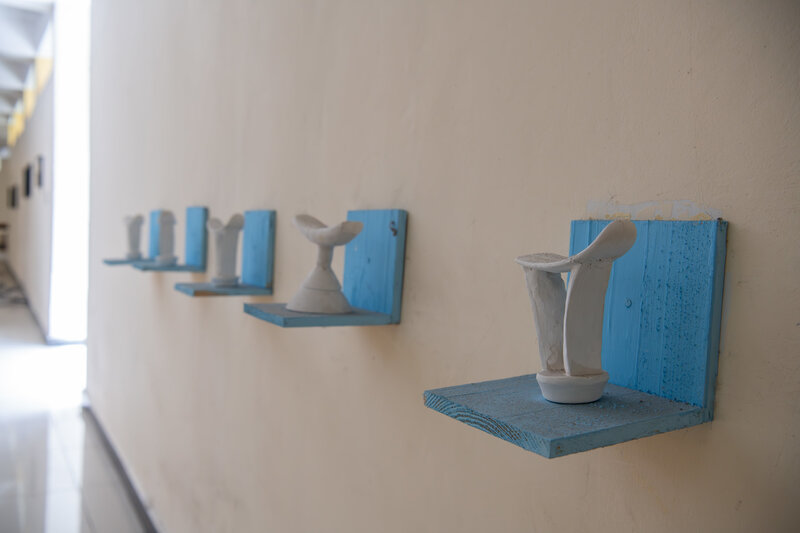
“The renaissance of the National Museum is a valuable fact for Somalis and the world, especially for Somalis, whose culture is to be represented here. Foreigners will have the opportunity to get to know us better when they visit our country – people from all walks of life visit the museum. Among them are many diaspora members who are eager to learn more about their homeland,” Mr. Hassan says.
Currently, the cultural items stored at the museum include old coins, traditional artwork, weaponry and pottery items.
The museum is slowly returning to life even with the limited staff of 15 employees. It is helped by the efforts of many young Somalis who work as volunteers, including some artists. Now, many of the museum's departments – which include environmental, cultural, historical and exhibition departments – are functioning.
Support needed
The pace of that redevelopment has been hampered by a lack of funds. Replenishing the few remaining collections is an achievable hurdle – the challenge lies with the venue itself.
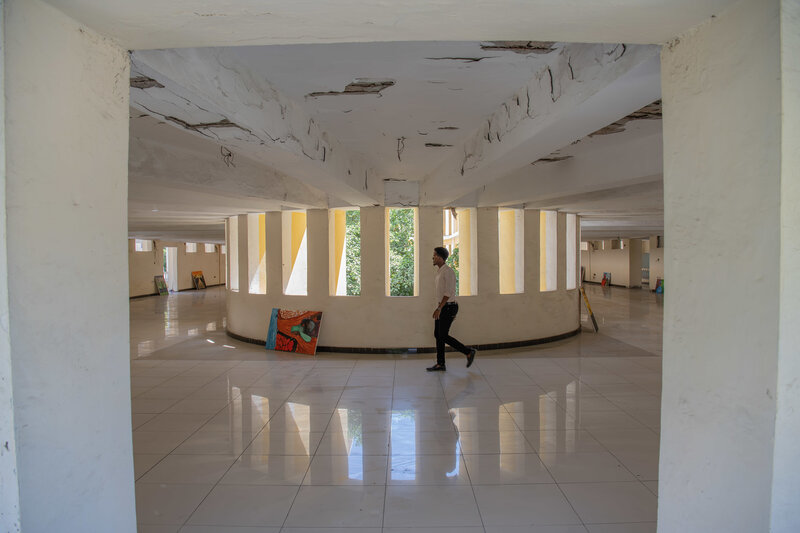
The 2019 renovation, funded in part with community donations, led to the essential, structural elements of the building put in place and strengthened. But the building needs more adaptations to cater to a much more urbanized and populated capital city to ensure the future collections are protected from risks such as light, dust, bacteria, birds and pests.
“Some Somalis want to donate some artefacts to the museum, some have brought them to us, and we stored them in our warehouses. But everything needs to be stored in cabinets and protected, while the budget to do so is limited,” says Dr. Amir.
“I know if I called on Somalis today for cultural artefacts, they would bring a lot,” he continues. “But we simply don’t have a suitable place to store or display all those items.”
Efforts are underway to change that.
“We are working with the Ministry of Education, Heritage and Higher Education and the Ministry of Finance to create a good budget for the museum and revive the collection of Somali artefacts, Somali history and the diversity of the Somali nation. We aim to re-establish a permanent exhibition,” says Dr. Amir.
Artistic talents
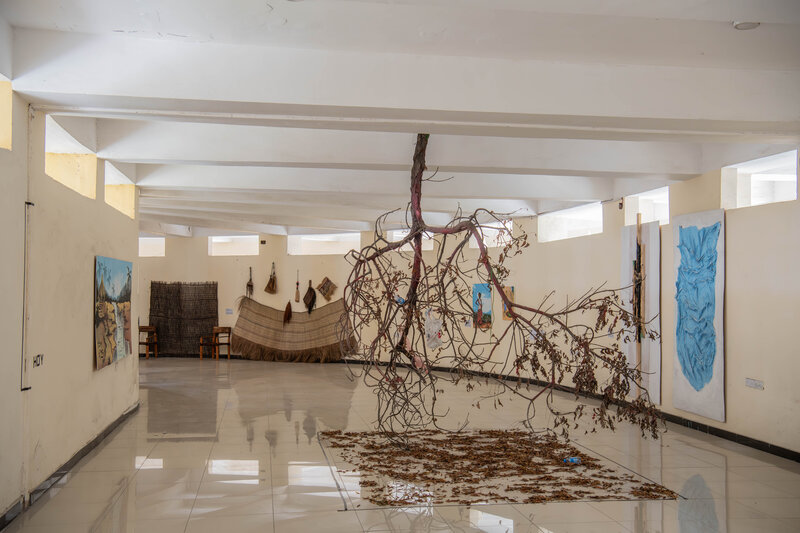
While the museum seeks to have permanent exhibitions installed in the longer-term, in the short-term its staff are busy are holding temporary exhibitions.
A current exhibition on the ground floor, is an exhibition titled ‘Hoy’ (English transl.: ‘home’). It consists of art installations by 19 Somali and international artists tackling the meaning of ‘home’ for each of them.
While these may be small steps compared to displays and exhibitions of other museums, the National Museum’s management sees them as significant successes that are helping rebuild its public profile.
Another exhibition is starting in November 2023 which reflects a collaboration between the National Museum and the United Nations in holding Somalia’s first ever National Art Competition on the theme of human rights.
The museum will exhibit paintings by 20 Somali artists who are the finalists in the competition’s finalists.
The specific human rights themes are reflected the artists’ understanding of dignity, freedom and justice for all.
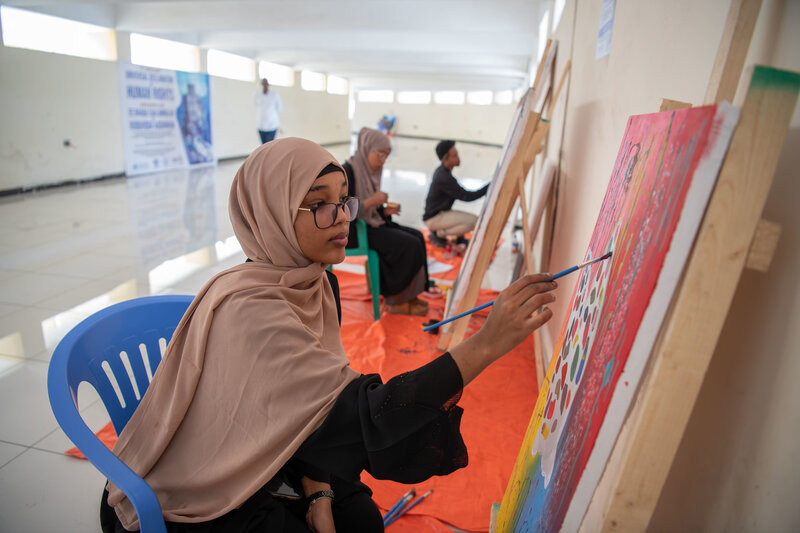
The competition also ties into this year’s 75th anniversary of the United Nations Declaration of Human Rights, a milestone document in the history of human rights. Drafted by representatives with different legal and cultural backgrounds from all regions of the world, it set out, for the first time, fundamental human rights to be universally protected.
“The collaboration with the National Museum is a wonderful opportunity to raise awareness of cultural rights,” says the Chief of the UN Assistance Mission in Somalia’s (UNSOM) Human Rights and Protection Group, Kirsten Young.
“Art has its own language that can reach a wider audience and stimulate engagement on human rights issues that are important and relevant to the community,” adds Ms. Young, who also serves as the Representative to Somalia of the Office of the UN High Commissioner for Human Rights (OHCHR).
Looking ahead
The National Museum has welcomed international support and partnerships. Alongside the exhibition with the United Nations, it has also started preparing another display with Germany.
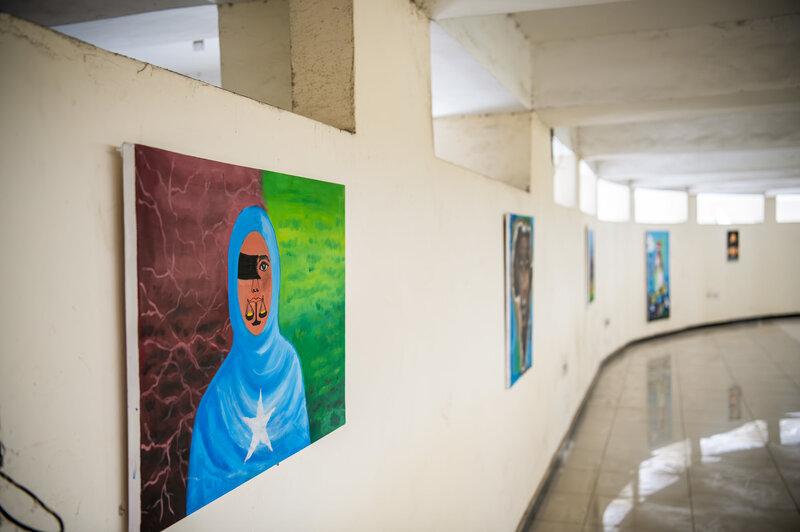
“We are working with the German Agency for International Cooperation (GIZ) on Migration Exhibition for the next year,” says the director, Dr. Amir. “We look forward to this and hope we get more opportunities to present content for every Somali to come and learn something new.”
The collaboration with GIZ is being coordinated with the Office of the Special Envoy on Migrants and Children’s Rights (OSE), in the Federal Government of Somalia, and will be an interactive exposition addressed to young Somalis.
With a growing number of visitors and supporters, Dr. Amir is hopeful that the Museum will become a centre of not only cultural life in Mogadishu but also a meeting place for debates and dialogue among the diverse Somali communities.
His vision for the museum corresponds with the universally-recognised approaches such as those represented by the United Nations Educational, Scientific and Cultural Organisation (UNESCO), which sees museums as places linking creation and heritage as well as enabling various publics to rediscover their roots and get to know each other’s cultures.
According to UNESCO, the National Museum responds to the African Union’s Vision 2063 for the Africa We Want, which aims to preserve and promote African cultural heritage by creating awareness of Africa’s vast, dynamic and diverse cultural artefacts and Africa’s continuing influence on world cultures in art, music, language and science.

 UN
UN
